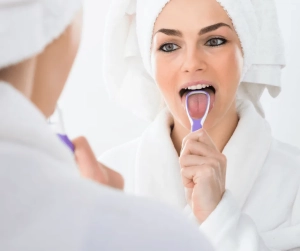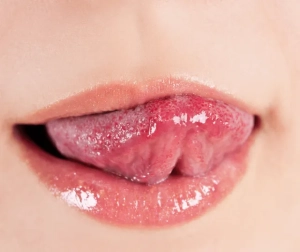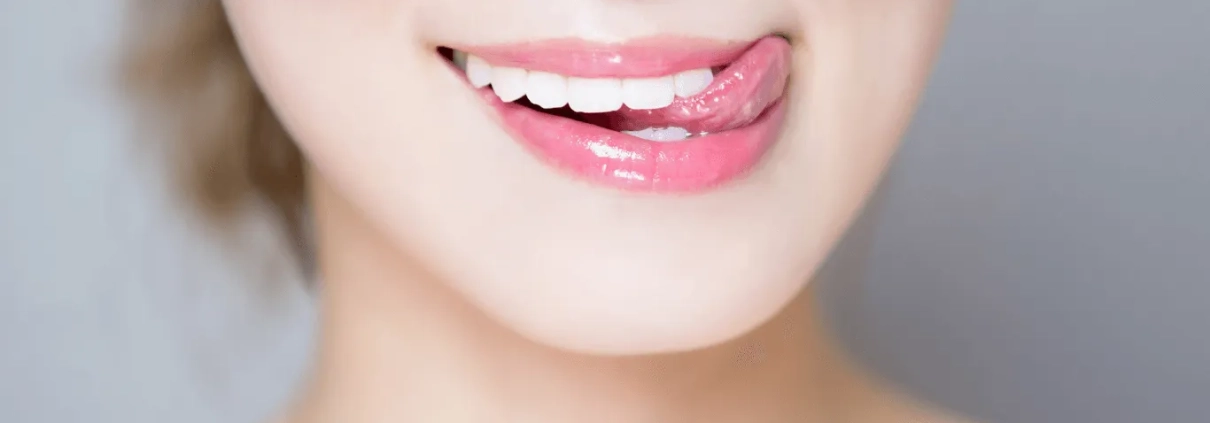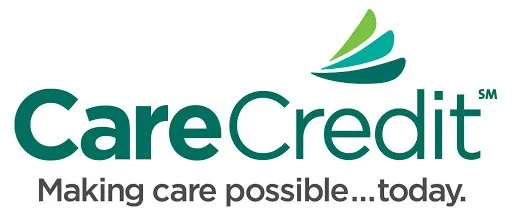5 Things You Never Knew About Your Tongue
You know your tongue helps you taste, eat, and talk, but these 5 Things You Never Knew About Your Tongue which are fun facts just might surprise you (and #4 may gross you out!)
Without our tongues, life would be quite a hassle. We wouldn’t be able to hold a conversation with each other… We wouldn’t be able to eat or swallow properly… But worst of all, we wouldn’t be able to taste our food. The thought alone is enough to make you shiver!
But luckily, these lingual masterpieces of biology are right where they’re supposed to be. And as it turns out, there’s a whole lot more to them than their primary functions.
Today, we’re bringing you a fun and informative article filled with little-known things you never knew about your tongue about one of the most important organs of the human body. Follow along as we share 6 Things You Never Knew About Your Tongue!
1. Your tongue is just as vulnerable to bacteria as your teeth
While it’s not at risk of developing tooth decay, your tongue is still exposed to the same amount and types of bacteria as your teeth. And as you’ve likely noticed by now, it’s not smooth; there are little bumps and grooves all over it. Well, those bumps are called papillae, and the way they’re shaped and arranged on the surface of your tongue creates the perfect hangout spot for food debris and oral bacteria.
Without proper care, that bacteria can encourage the development of dental plaque, potentially leading to tooth decay and gum disease. But that’s where your daily dental care habits come in. You’ve probably already heard that it’s essential to brush your tongue every time you brush your teeth. Now you know why. Tongue health is essential to dental health!

2. Got bad breath? Tongue scraping isn’t any better than brushing
- Have a high-starch or sugar diet
- Have dry mouth due to antidepressant medication or other medical conditions
- Smoke
What are the main complications of plaque?
With the world chewing through an estimated 560,000 tons of gum per year, we humans are no strangers to the battle against bad breath…(and that’s not even counting mint sales!) But many people are under the impression that since much of the “bad breath” bacteria sits on the tongue, tongue scrapers can provide a better defense than traditional tongue brushing. The scientific community tends to disagree, however. There’s a term for the types of bacteria that cause bad breath: volatile sulfur compounds, or VSCs.
In a study by the Journal of the American Dental Association (ADA), researchers found that although both the tongue cleaner (a combination brush and scraper) and the tongue scraper were more effective at reducing VSC levels than regular brushing, the reduction only lasted for thirty minutes.
After that amount of time, the VSC levels for all three methods returned to normal. With only a thirty-minute window, the ADA wasn’t comfortable promoting tongue scraping as a useful weapon in the fight against bad breath. But don’t let this research discourage you from using tongue scrapers to improve your tongue health! We’ll talk more about this oral health technique in a moment.
3. It’s not “a” muscle
You’ve probably heard that the tongue is the strongest muscle in the body at some point or another. But not only is this statement false, it’s also misleading. The tongue is actually made up of two different muscle groups, each containing four muscles!
One group of muscles secures the tongue to the surrounding facial structures, while the other makes up the incredibly flexible and agile pink blob that we see when we open our mouths. You’ll notice in the previous sentence that we didn’t say the tongue attaches to a specific bone… Well, this is because it doesn’t play by the same rules as the other muscles in your body. Together, the two groups of tongue muscles form something called a muscular hydrostat, which works a lot like an octopus’s tentacles. This complex network of muscles functions independently of any bone structure and allows you to twist, turn, and morph your tongue into all kinds of shapes and sizes. And it’s a good thing too because, without all that range of motion, speaking and eating would be a whole lot harder!
*By the way, pound for pound, the strongest muscle in the human body is the masseter, a jaw muscle that’s responsible for closing your teeth!


4. Things can get “hairy”
Yes, you read that right. There is, in fact, an oral health condition called “hairy tongue” that causes your tongue to take on a furry look. Remember the papillae from fact number one? If for whatever reason, they’re unable to shed away their dead skin cells, they hold onto that extra tissue instead and continue to grow longer. Reaching further out from the base of the tongue, these extended papillae catch far more food particles and bacteria than normal.
The result? The papillae become stained by whatever bacteria comes into contact with them, giving your tongue that hairy look. And the “fur” could be black, brown, or white in color, depending on what you eat or drink. Sounds terrible, doesn’t it?! Don’t worry. Hairy tongue is usually totally harmless, painless, and you can easily brush the fur away with a tongue scraper or toothbrush. But what causes this freaky-looking condition?
The cause of hairy tongue is hard to pin down, but according to Mayo Clinic, these factors may play a role:
- Changes in the normal bacteria or yeast content of the mouth after antibiotic use
- Poor oral hygiene
- Dry mouth (xerostomia)
- Regular use of mouthwashes containing irritating oxidizing agents, such as peroxide
- Tobacco use
- Drinking excessive amounts of coffee or black tea
- Excessive alcohol use
- Eating a soft diet that doesn’t help to rub dead skin cells from your tongue
5. You have a “tongue print”
Just like you have a fingerprint that’s unique to you, you also have a totally original tongue print! Much like the grooves in the skin on your fingertips, the arrangement of the papillae on your tongue is responsible for this one-of-a-kind design. Interestingly, forensic scientists are working out a way to use people’s tongue prints as a way of identifying them.
According to a study by the Journal of Forensic Dental Science:
“The tongue is unique to every person with respect to its shape and surface textures. Since it is an internal organ, it can be easily exposed for inspection and the exposed surface carries the required information…In recent years, tongue print is gaining momentum as an important tool in biometric authentication.”







Leave a Reply
Want to join the discussion?Feel free to contribute!